福笑いについて
福笑いの歴史と文化
History & Culture
福笑いは、お正月に家族や友人と楽しむ日本の伝統遊びです。目隠しをして、顔の台紙に目・鼻・口などのパーツを置き、できあがったおかしな表情でみんなが笑顔になります。
Fukuwarai is a traditional Japanese New Year’s game enjoyed with family and friends. Players are blindfolded and place facial parts onto a blank face board, creating funny results that bring everyone laughter.

由来と広がり
明治時代に市販玩具として広まり、現在も地域行事や家庭の団らんで親しまれています。笑いで「福」を招くという縁起の良さが名前の由来とされます。
It spread as a commercial toy in the Meiji era and remains popular at local events and family gatherings today. The name suggests inviting “good fortune” through shared laughter.
遊び方(基本)
- 参加者に目隠しをしてもらう
- パーツを順番に渡し、台紙の上に置いてもらう
- 最後に目隠しを外して完成をみんなで楽しむ
Blindfold the player, hand them parts one by one to place on the board, then reveal the result for a good laugh.
アレンジ例
チーム戦 / Team Play
仲間が口頭で誘導して、プレイヤーがパーツを置きます。連携やコミュニケーションの練習にも。
Teammates give verbal directions while the player places parts—great for teamwork and communication.
季節の顔 / Seasonal Faces
節分・ひな祭り・夏祭りなど、季節のモチーフで台紙やパーツを変えて楽しめます。
Customize boards and parts for seasonal events like Setsubun or summer festivals.
安全とマナー
- 足元と周囲を片付け、転倒や衝突のないスペースを確保
- 小さなパーツは誤飲に注意。幼児は必ず大人が見守る
- 目隠しの圧迫に注意し、苦しくなったらすぐ外す
- Ensure the blindfold is comfortable and remove it if needed.
- Clear the area to avoid tripping or bumping.
- Beware of small parts and supervise young children.
Q&A(よくある質問)
何人から遊べる? / How many players?
2人からOK。観客が多いほど盛り上がります。
Two players are enough, and more spectators make it livelier.
パーツはどれくらい必要? / How many parts?
最低限は両目・鼻・口。眉やほほ、帽子などを足すと難易度と面白さがアップ。
At minimum: both eyes, nose, and mouth. Add brows, cheeks, or a hat for extra challenge and fun.
オリジナル台紙の作り方は? / How to make a board?
厚紙に顔の輪郭を描き、パーツは厚めの紙で切り抜きます。面ファスナーやマスキングテープで着脱可能に。
Draw a face outline on thick paper and cut parts from sturdy paper. Use hook-and-loop or tape to attach.
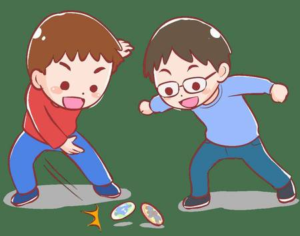
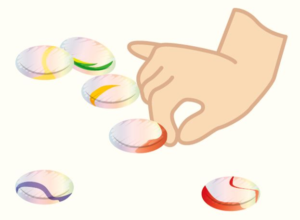
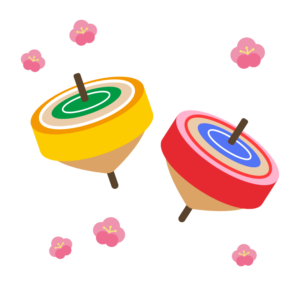
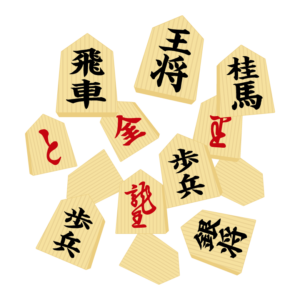
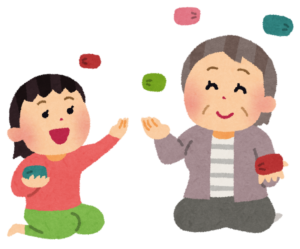
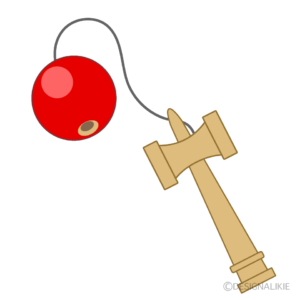
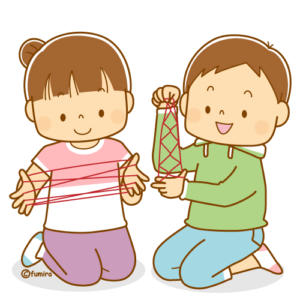
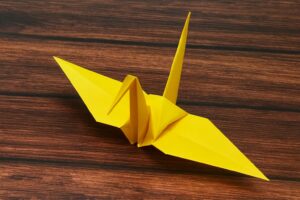
コメント